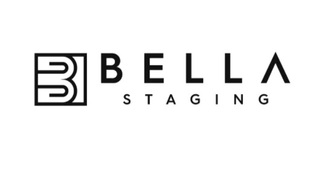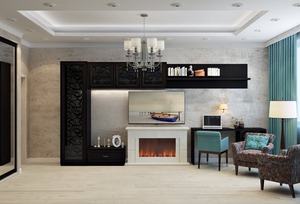More from Bella Virtual Staging USA
More in Politics
Related Blogs
Archives
Social Share
3D Rendering Design vs. Traditional Visualization: Which is Better?
Body
In the realm of architectural visualization, the debate between 3D rendering design and traditional visualization methods continues to be a hot topic. As technology advances, professionals are increasingly relying on 3D rendering design to create stunning, realistic representations of their projects. However, traditional methods, such as hand-drawn sketches and 2D plans, still hold a significant place in the industry. So, which approach is better? Let’s explore the strengths and weaknesses of both 3D rendering design and traditional visualization.
What is 3D Rendering Design?
3D rendering design involves creating digital images of a space or object that look incredibly realistic. Using specialized software, designers can produce highly detailed visuals that showcase every aspect of a design, from textures and materials to lighting and shadows. This method allows for an immersive experience, enabling clients to visualize the final product in a way that traditional methods cannot.
Advantages of 3D Rendering Design
- Realism and Detail: One of the most significant benefits of 3D rendering design is its ability to create highly realistic images. Clients can see exactly how a space will look, complete with accurate lighting, textures, and colors. This level of detail helps eliminate guesswork and provides a clear vision of the final result.
- Flexibility: With 3D rendering design, making changes to a project is simple and efficient. Designers can quickly update materials, colors, or layouts, allowing clients to see different options before making a final decision.
- Time-Efficient: Although learning 3D rendering software can be time-consuming, once mastered, it allows for quicker revisions and faster turnaround times. This efficiency can be a significant advantage, especially in fast-paced industries like real estate and architecture.
- Client Engagement: 3D renderings offer an interactive experience, enabling clients to explore a design from multiple angles and even walk through a virtual space. This level of engagement helps build confidence in the project and fosters better communication between the designer and the client.
Disadvantages of 3D Rendering Design
- Cost: High-quality 3D rendering design can be expensive due to the software and hardware required. For smaller projects or firms with limited budgets, this might be a deterrent.
- Learning Curve: Mastering 3D rendering design software requires time and dedication. Not all designers may have the resources or inclination to invest in this technology, especially if they are accustomed to traditional methods.
- Over-Reliance on Technology: While 3D rendering design offers numerous benefits, there is a risk of over-reliance on technology, potentially leading to a loss of fundamental design skills, such as hand sketching and conceptualization.
What is Traditional Visualization?
Traditional visualization includes methods like hand-drawn sketches, 2D blueprints, and physical models. These techniques have been used for centuries and remain popular for their simplicity, cost-effectiveness, and artistic qualities.
Advantages of Traditional Visualization
- Simplicity: Traditional visualization methods are often straightforward and cost-effective. They don't require expensive software or extensive training, making them accessible to a broader range of professionals.
- Artistic Expression: Hand-drawn sketches and physical models allow for a personal touch and artistic expression that can be appealing to clients. These methods can showcase a designer’s unique style and creativity.
- Core Skills Development: Traditional visualization encourages the development of foundational design skills, such as perspective drawing, proportion, and composition. These skills are essential for any designer and form the basis of more advanced techniques.
Disadvantages of Traditional Visualization
- Limited Realism: Traditional methods often lack the realism of 3D rendering design. Clients may struggle to visualize the final product, leading to misunderstandings or changes later in the project.
- Time-Consuming: Creating detailed hand-drawn sketches or physical models can be time-consuming, especially when revisions are needed. This can slow down the design process and increase project timelines.
- Limited Interactivity: Traditional visualization methods do not offer the same level of interactivity as 3D renderings. Clients cannot explore the design from multiple angles or see how different lighting or materials will affect the space.
Which is Better?
Both 3D rendering design and traditional visualization have their merits, and the choice between them often depends on the specific needs of the project. For complex projects that require detailed, realistic representations, 3D rendering design is usually the better option. It offers a level of detail and interactivity that traditional methods cannot match.
However, traditional visualization methods still hold value, particularly in the early stages of design or for projects with limited budgets. They allow for artistic expression and foster the development of core design skills.
Ultimately, the best approach may be a combination of both methods. By leveraging the strengths of 3D rendering design and traditional visualization, designers can create compelling visuals that meet their clients’ needs and deliver successful projects.













Comments